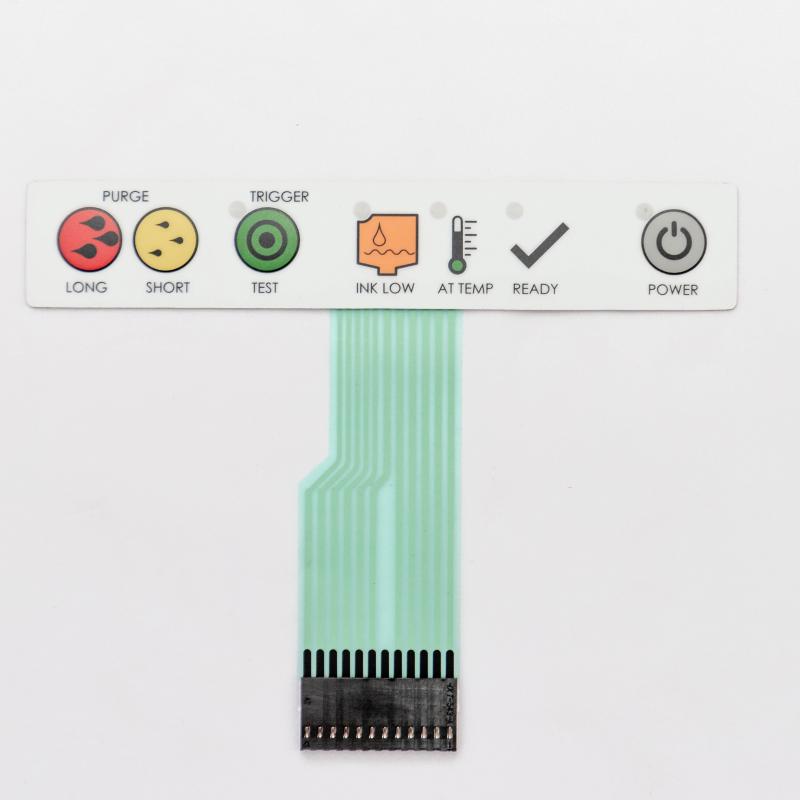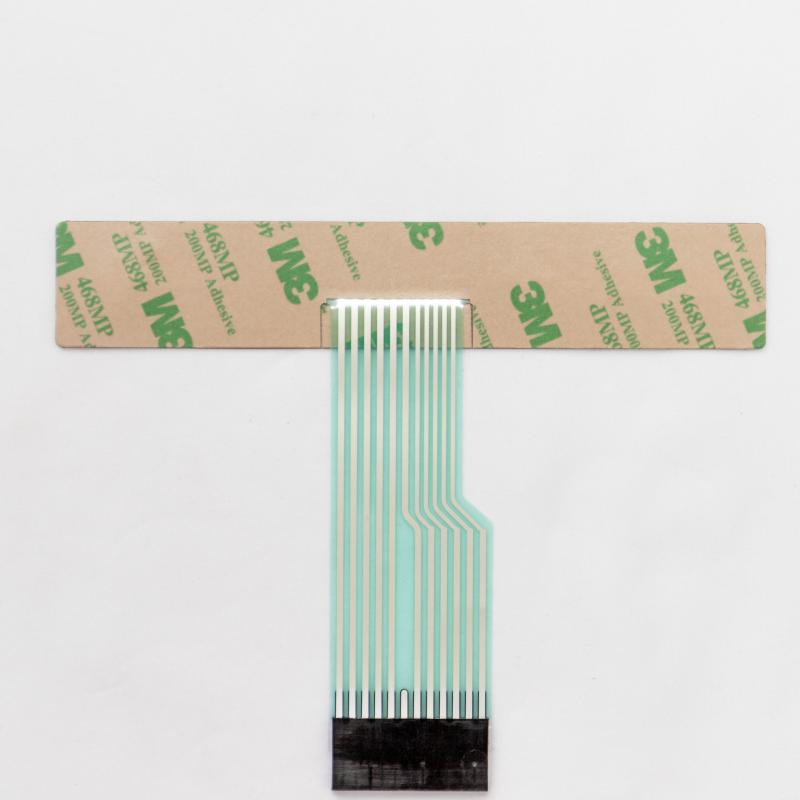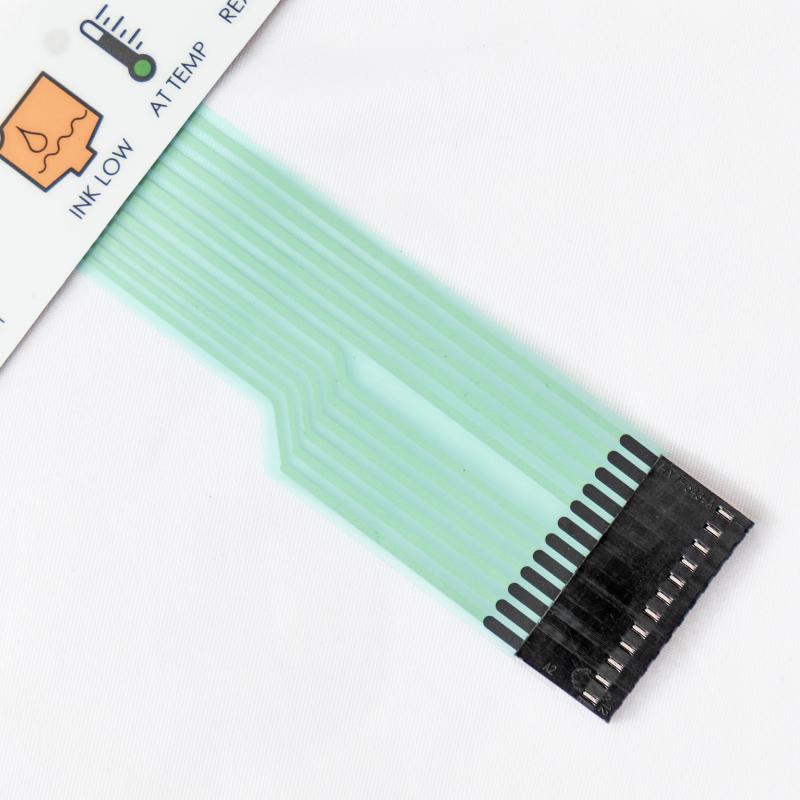Contact
Write to Us And We Would Be Happy to Advise You.
Do you have any questions, or would you like to speak directly with a representative?
By hqt
Conductive inks and printed circuits are a type of electronics that use conductive materials, such as silver, copper, and carbon, to create circuits that can be printed onto a substrate, such as paper or plastic. Conductive inks and printed circuits offer several advantages over traditional circuits, including their ability to be printed onto flexible substrates, their low cost, and their ease of manufacturing.



Conductive inks and printed circuits have a wide range of potential applications, including:
Wearables
Conductive inks and printed circuits can be used in wearable devices, such as smartwatches and fitness trackers, to provide users with real-time health monitoring and tracking. Printed circuits can also be used in clothing to create smart textiles that can monitor body temperature, hydration levels, and other vital signs.
Automotive
Conductive inks and printed circuits can be used in the automotive industry to create sensors and monitoring systems that can detect potential problems in a vehicle and alert the driver before a serious issue occurs. Printed circuits can also be used in the interior of a vehicle to create flexible displays and lighting systems.
Medical Devices
Conductive inks and printed circuits can be used in medical devices, such as biosensors and drug delivery systems, to provide doctors and patients with real-time data on a patient’s health.
Advantages of Conductive Inks and Printed Circuits
There are several advantages of using conductive inks and printed circuits, including:
Conclusion
In conclusion, conductive inks and printed circuits are a new and emerging technology that has the potential to revolutionize the electronics industry. By using conductive materials, such as silver, copper, and carbon, to create circuits that can be printed onto a substrate, conductive inks and printed circuits offer several advantages over traditional circuits, including their flexibility, low cost, and ease of manufacturing. With their potential applications in wearables, automotive, and medical devices, conductive inks and printed circuits offer a promising solution for the future of electronics.
We hope that this article has provided you with valuable insights into the topic of conductive inks and printed circuits. If you have any further questions or need assistance in developing a conductive ink or printed circuit solution for your needs, please do not hesitate to contact us. We would be happy to help.
Do you have any questions, or would you like to speak directly with a representative?